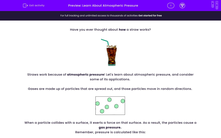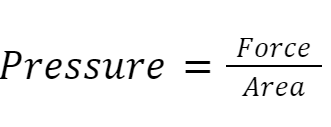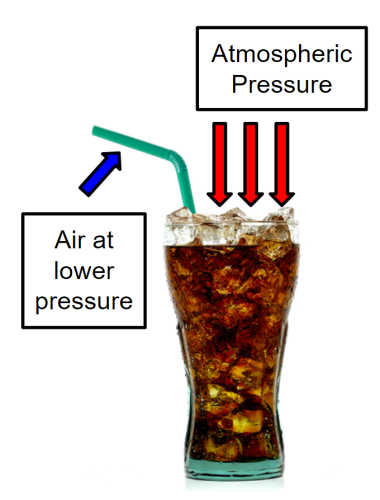Have you ever thought about how a straw works?
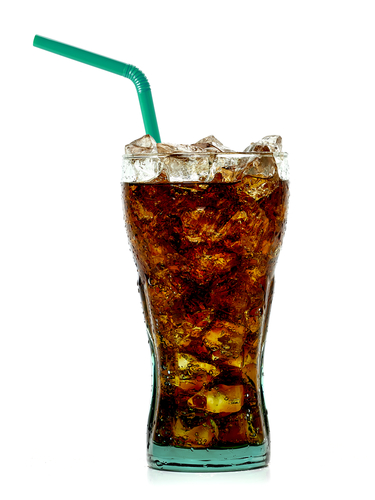
Straws work because of atmospheric pressure! Let's learn about atmospheric pressure, and consider some of its applications.
Gases are made up of particles that are spread out, and those particles move in random directions.

When a particle collides with a surface, it exerts a force on that surface. As a result, the particles cause a gas pressure.
Remember, pressure is calculated like this:
Force is measured in Newtons (N), area is measured in metres squared (m2) and pressure is typically measured in Pascals (Pa) or Newtons per metre squared (N/m2).
The atmosphere is a mixture of gases, and these gases cause gas pressure. Closer to sea level, the atmospheric pressure is greatest because of the weight of the air above pressing down. The pressure reduces as you move higher through the atmosphere.
Right now, the atmospheric pressure on you is about 100,000 Pa. That's a lot of pressure! It is equivalent to about 1 kg resting on each square centimetre of your body! So why don't we feel it?

It's because there is an outward pressure from inside our bodies, and the pressure balances.
The density of the air in the atmosphere is not constant. The further you get from sea level, the less dense the atmosphere.
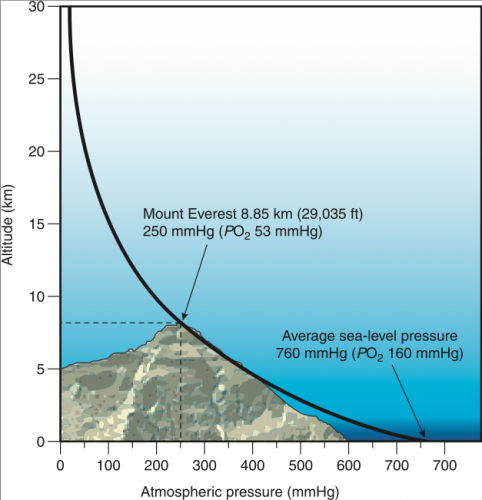
If you were climbing a mountain, at a high altitude you would notice that it might be a bit harder to breathe. The lower density of air means that it's more difficult to get oxygen into our lungs. Mountaineers who travel up particularly high mountains often take oxygen tanks with them. The tanks contain compressed oxygen gas.
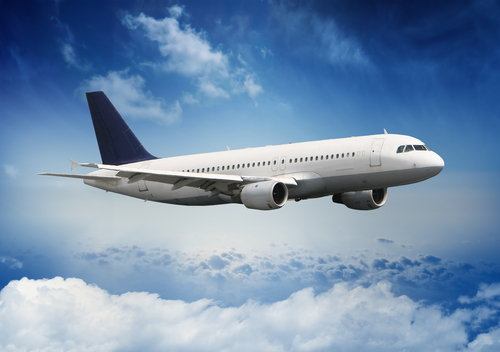
A commercial aircraft might fly at approximately 11,000 metres, and so the cabin is pressurised so that the air pressure for the crew and passengers is similar to the air pressure at sea level. Otherwise, the low pressure might make it difficult to breathe easily.
So what's the link between atmospheric pressure and how straws work?
When you suck on a straw, that lowers the air pressure inside the top of the straw. At the same time, atmospheric pressure is acting down on the top of the liquid.
The pressure difference causes the liquid to get pushed up into the region of lower pressure, which is the top of the straw. That's how the liquid moves through the straw!
Now let's try some questions about atmospheric pressure.

